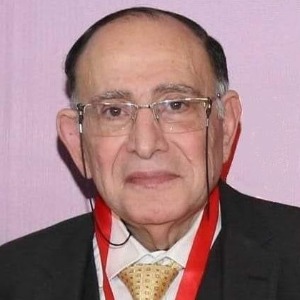Title : Management of arrhythmias in pregnancy
Abstract:
Most palpitations in pregnancy are benign and usually occur due to atrial or ventricular premature complexes. Careful consideration should be given to the gestation stage and the patient's hemodynamic state. In hemodynamically stable pregnant patients with acute onset of SVT, intravenous adenosine is recommended as the first-line pharmacological therapy. In pregnant patients with symptomatic SVT without preexcitation, metoprolol, propranolol, and/or digoxin should be used as first-line options and verapamil as the second-line option for the chronic oral prophylaxis of SVT. In hemodynamically stable pregnant patients with AF or AFL with rapid ventricular rates (RVR), I.V. beta-blockers are recommended as the first-line option and digoxin or verapamil, alone or in combination are recommended as second-line options for initial rate control in the absence of preexcitation. In pregnant patients with AF or AFL with persistent symptoms or RVR refractory, elective direct current cardioversion is recommended with anticoagulation as in nonpregnant patients. In pregnant patients with AF or AFL with continued symptoms or RVR despite rate control therapy, flecainide in the absence of structural heart disease (SHD) or sotalol in the absence of severe LV dysfunction is reasonable. The choice of anticoagulation, namely low molecular weight heparin (LWMH) or vitamin K antagonists (i.e. warfarin), depends on the stage of gestation. Direct oral anticoagulants (DOACs) are contraindicated altogether. Direct current cardioversion is recommended in pregnant patients with sustained VT and hemodynamic compromise. In pregnant patients with idiopathic VT and hemodynamic stability, intravenous beta-blocker or adenosine for outflow tract VT and intravenous verapamil for fascicular VT are recommended as first-line options. In pregnant patients with recurrent VT refractory or with contraindications to beta-blockers who require additional antiarrhythmic drug therapy, treatment with flecainide, sotalol, or mexiletine is recommended. In pregnant and postpartum patients with asymptomatic sinus bradycardia or Mobitz type I AV block without evidence of SHD, reassurance is recommended with no need for intervention.



